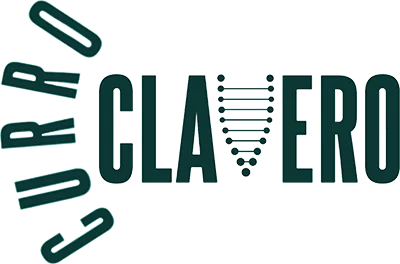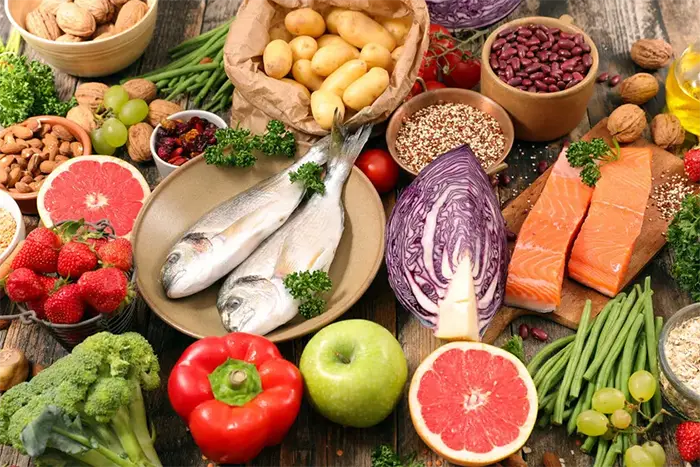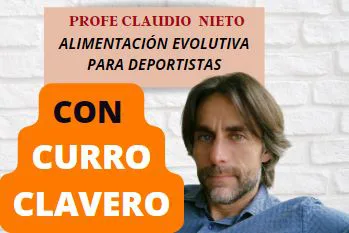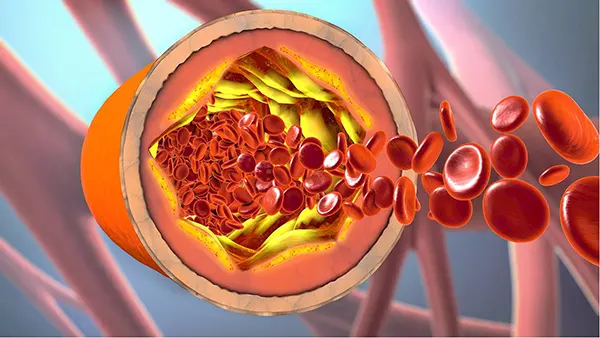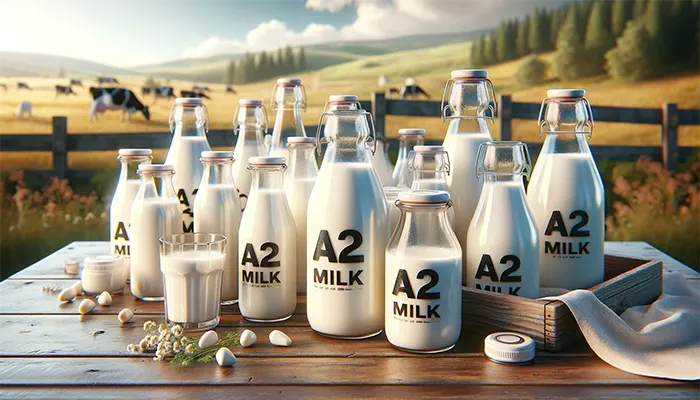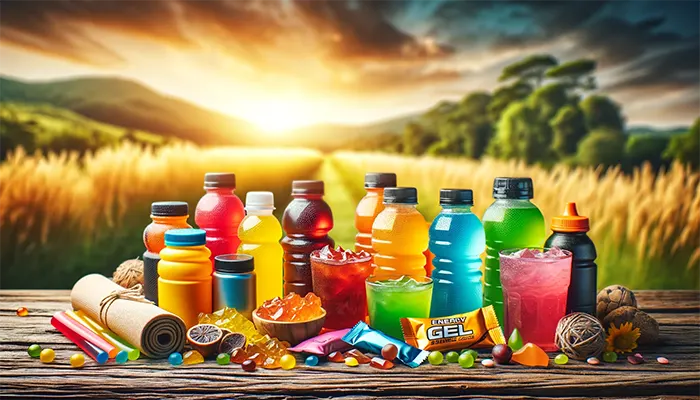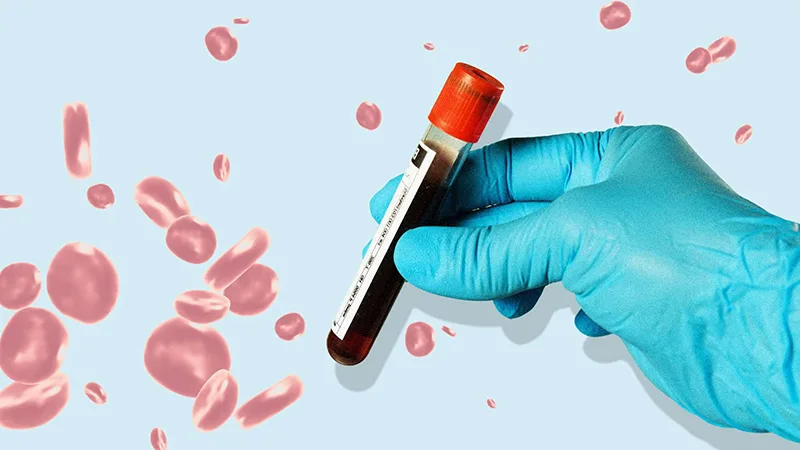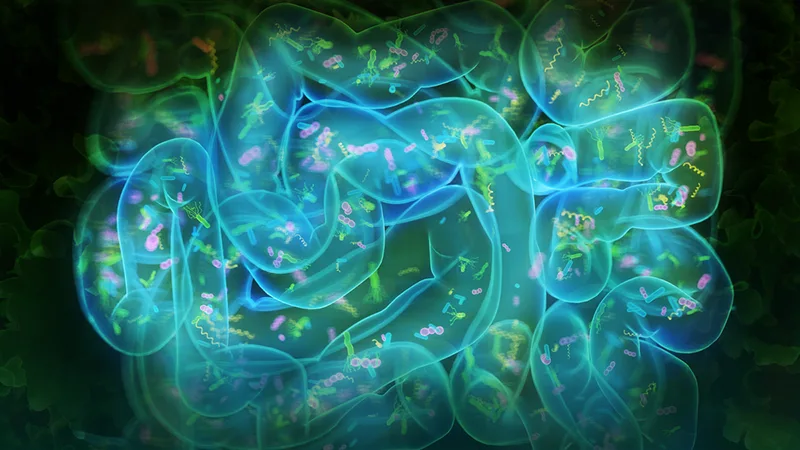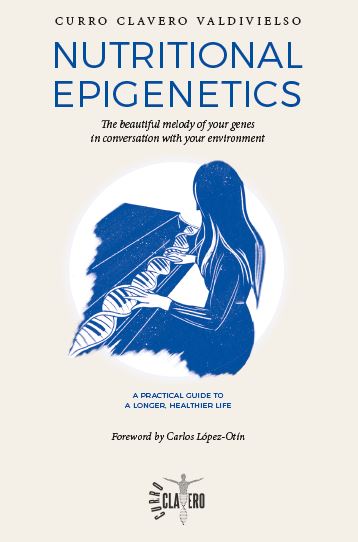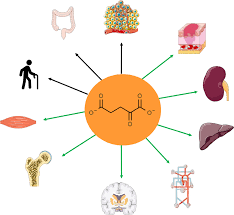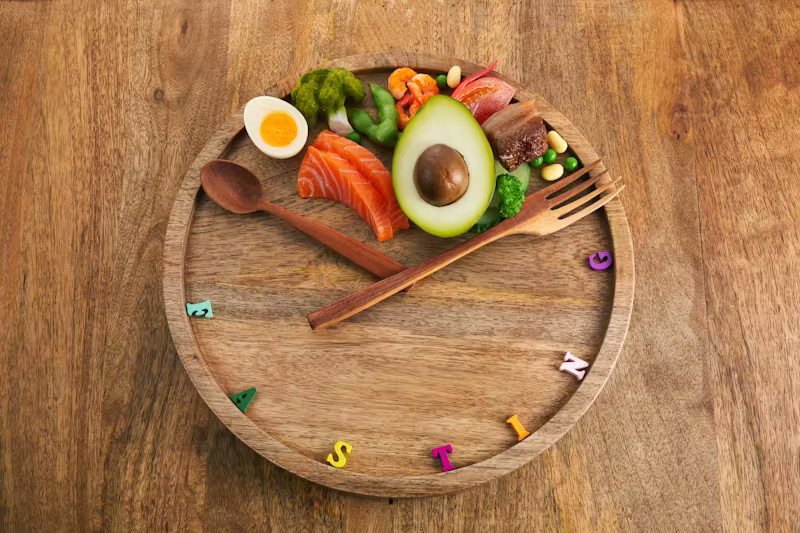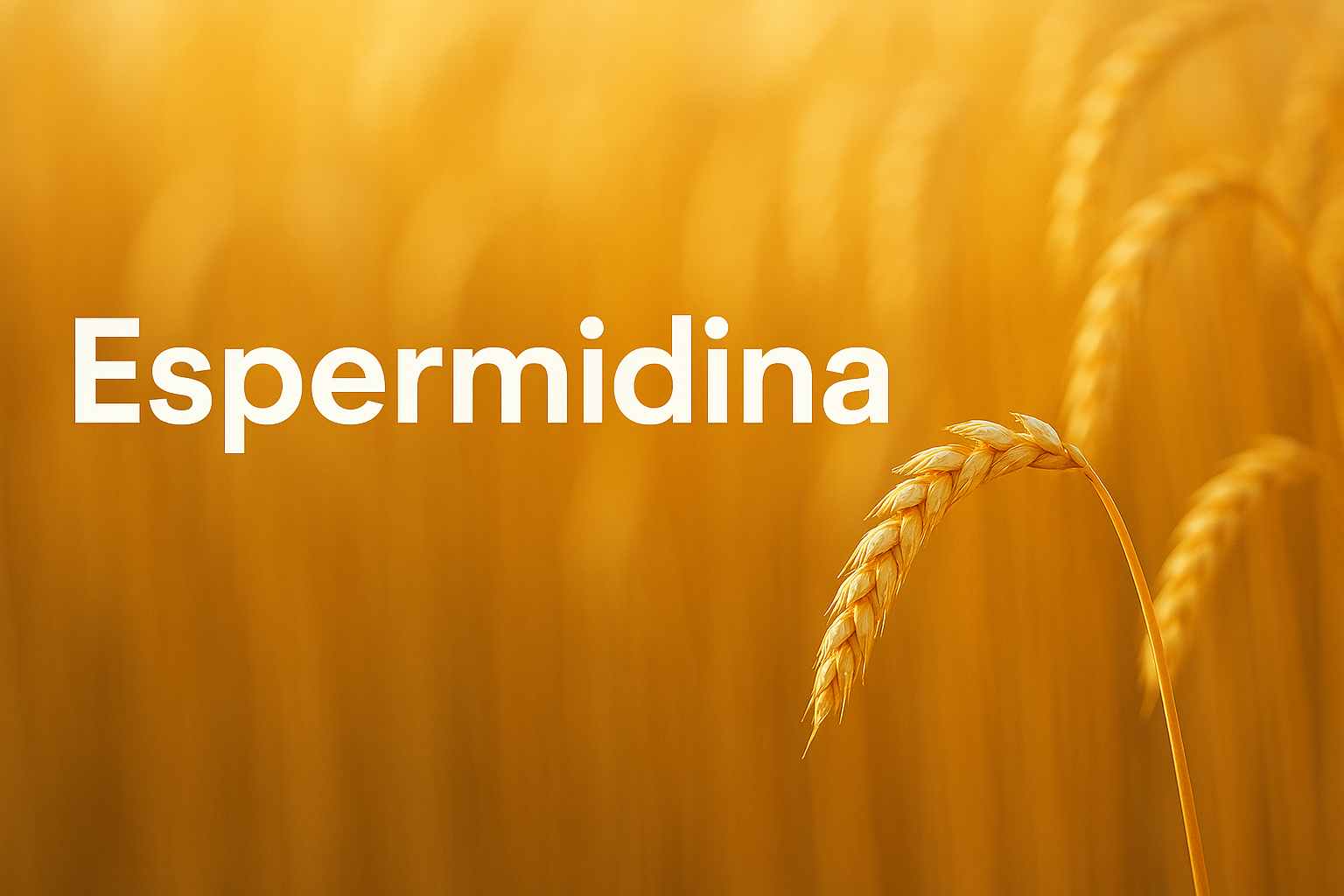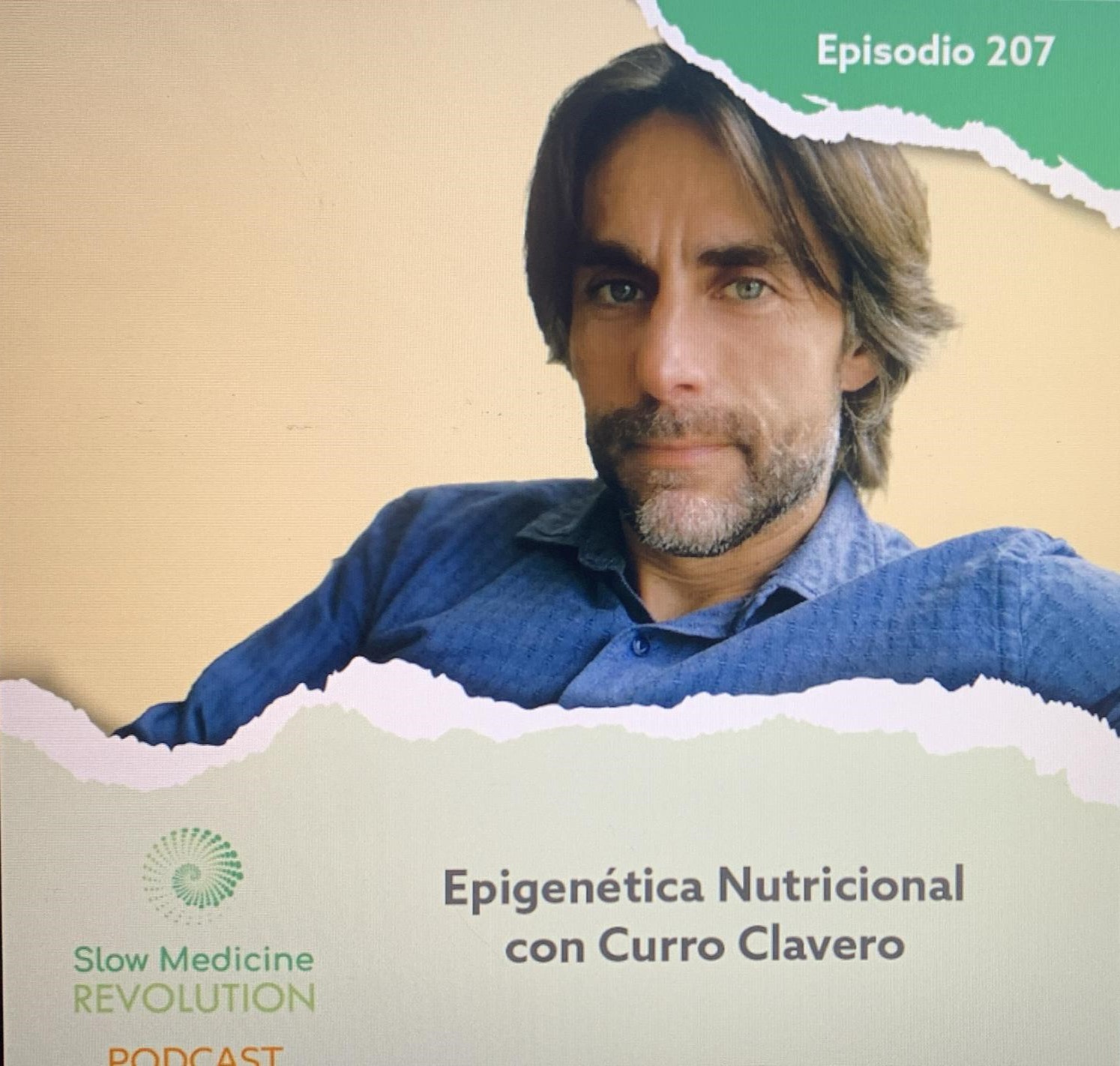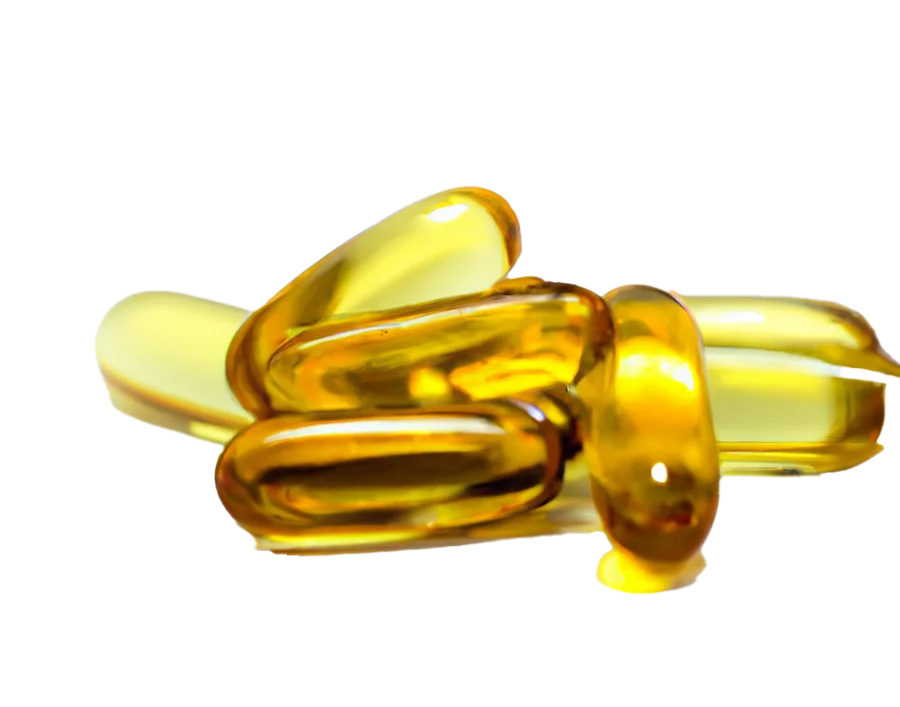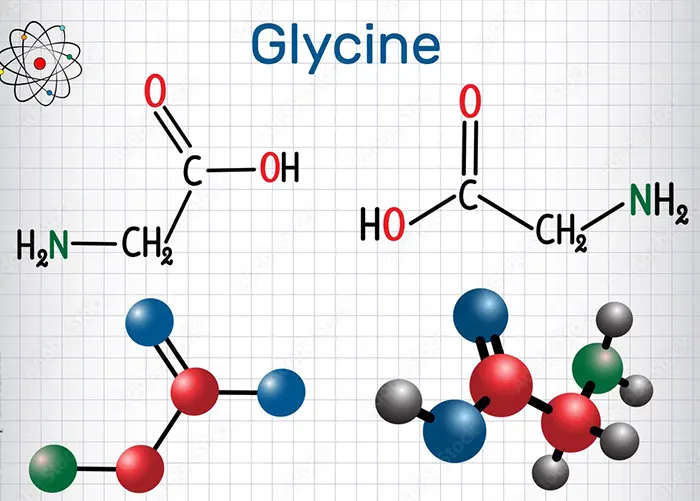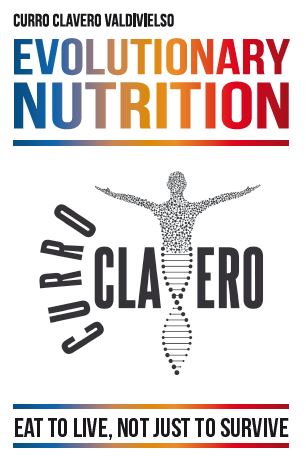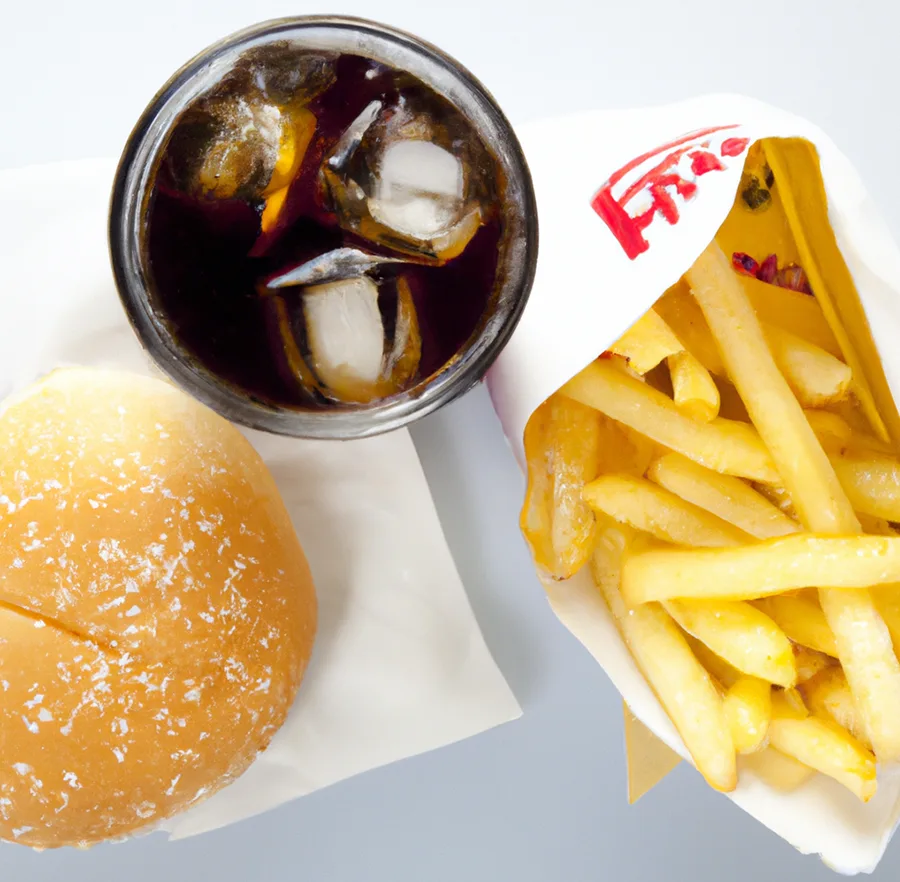
I want to make the first entry in my blog on the isolated aspect more important to optimize our health through nutrition: the industrial products may NOT be part of our regular diet. Only with this single measure is achieved 75% of the results. So important and… simple as that. This is the foundation on which everything else is built after. The most difficult thing, and for that we are professionals, is to try to approach 100% with many other interventions.
Although there are many nutritional recommendations for the general population, the only one that should be applied to all of the world is that the basis of our diet should come from natural food, that is to say, that nature provides us. Although all the nutritional recommendations are customisable and subject to debate, this is a universal recommendation that has no discussion possible. There is no human being to whose health is best to eat the food industry ultraprocesados that natural foods. The more time we have coexisted with the food during our evolution, more adapted we are to him, the better we feel and the less it hurts. The natural food is important not only for what you have (nutrients, antioxidants, etc), but especially so you don’t have: – sugar, refined flours, oils, vegetable seeds, trans fats are artificially modified and additives unnecessary.
Why the Industry uses this type of Components in your Products?
Mainly, for two reasons:
1) Cheat to our natural system of hunger-satiety (adipostato) and desregularlo
The body has a mechanism called ‘adipostato‘ that regulates body weight and is controlled by the brain. When our energy reserves are sufficient, or are on the rise, the hypothalamus receives this information and tells us fullness by elevation of the hormone leptin. On the contrary, when the reserves are declining or are not sufficient, decreases leptin and increases its anti-hormone, ghrelin, which is released from the digestive system to indicate hunger.
This natural system of hormonal signalling of hunger and satiety (ghrelin-leptin) was working perfectly well in an environment with natural foods. However, today this is a problem, since a large part of the population based its power on industrial products is designed specifically to loosen this system. These products contain additives whose only goal is to make them hiperpalatables (sugar, excess salt, enhancers of taste, scents, dyes, etc) and deregulate the adipostato. Besides, being rich in trans fats, vegetable oils, seeds and sugars, are very pro-inflammatory, which contributes even more to this dysregulation.
2) Hiperactivar our brain mechanism of reward
This brings us to increase their consumption, even to the point of creating addiction for this kind of ‘food’ in many people). We are going to explain how it works.
The brain has a ‘reward system‘ that helped us to survive when you engage us to search for food. This mechanism is mediated by the neurotransmitter dopamine, a molecule that motivates us or boosts to get more of a reward (in this case, food), even if it takes effort. A study of 2018 showed that dopamine is released especially after eating energy foods, which are rich in carbohydrates, fats, or greases. This has all the sense of evolution, because, in this way, the brain we encouraged them to find more of these foods (hunting, fishing or collecting), necessary for survival in an environment of scarcity.
This reward system has two separate pathways for the release of dopamine: one for fat and one for carbohydrates. In nature, these two macronutrients are separated and are not found together in the same food. There are foods rich in fat and protein (meat, fish, nuts, seeds…) or in complex carbohydrates and fiber (plants, fruits…). The study mentioned above shows that, by activating both pathways simultaneously, it produces an effect enhanced, releasing more dopamine than usual, which increases even more the reward (bounty).
The food industry takes advantage of this to its advantage, making products that combine fat and carbohydrates, making them extremely rewarding for our brain. This causes that we want to eat more and more, until the point of re – “addictive”. In a study performed in 2007 by the University of Bordeaux, it was observed that the rats preferred sugar to cocaine. The authors ‘ conclusion was the following:
(…) in most mammals, including rats and humans, sweet receptors evolved in ancestral environments poor in sugars and, therefore, are not adapted to high concentrations of flavoring sweets. The stimulation supranormal of these receptors by diets rich in sugar, such as those that are now widely available in modern societies, would generate a signal of reward supranormal in the brain, with the potential to override mechanisms of self-control and, therefore, lead to addiction.
The results of this study were confirmed by other research in 2014 in the Institute, Florey Neuroscience and Mental Health Australia. This time, it was introduced to heroin in the experiment, and although the rats preferred the heroine to cocaine, followed by choosing foods sweets before the heroin.
We must be aware that the food industry uses sugar in almost all their products, even in those who do not seem to need it, such as sausages, fruit juices, tomato sauce, pesto or yogurts, and also in baby foods, such as potitos and porridges. This helps to create the future (and present) addicted, that is to say, customers.
Let us consider now a fact that reinforces the idea that the best recommendation nutrition for all people is to eat natural foods in place of ultraprocesados.
There are different populations of the world who have diets with percentages of macronutrients very different, but all of them have excellent markers of health and absence of chronic diseases, typical in industrialised countries. Examples of this are the tribes tarahumara of Mexico and the hadza of Tanzania, who consume plant-based foods, not processed, high in complex carbohydrates, while the inuit of Alaska, based their diet on animal products highly fatty. The only common feature between the diets of these populations is that their diet is based on natural products, without food ultraprocesados of the industry.
In short, the food industrial leads us to eat more than we need and more of what we really want. In addition, it is a ‘meal’ of poorer nutritional quality: more calories, more harmful components and fewer nutrients. Now that we know, we don’t have an excuse to fall into the trap.
How to differentiate Human Food from the other?
Once we know that processed foods are detrimental to our health and are addictive, it is important to understand the difference between these and natural food. Sometimes, this distinction is not as clear and may confuse the consumer. The natural food is fresh, comes directly from nature, and it is what our body is genetically adapted to receive. On the other hand, processed foods are “food products” made in factories, subjected to multiple processes, and can be considered ‘food’.
Rules
To identify whether a food is natural or industrial, I’ve outlined six rules useful:
- Think about whether the food comes from nature or from a factory.
If not, you can easily imagine the food in its natural state, it is likely that is not food, like a cookie or a Coca-Cola. - Look at the number of ingredients.
A food with many ingredients are processed as a sausage or a slice of ham. - Strange ingredients or unknown.
If the food contains ingredients such as propionate, calcium, or monosodium glutamate, is industrial. - If your great grandmother would not recognize as food.
If products such as pancakes or corn cereal, Kellogg’s your great-grandmother wouldn’t know what that is, will be industrial. - Be wary of foods that are advertised as ‘healthy’, but with a long list of ingredients.
Natural foods such as blueberries or the avocado, don’t need a list of ingredients or be labeled as healthy. - The food advertised on TV or sold in gas stations are likely to be industrial.
The food is fresh and natural and are rarely advertised on TV or sold in stores gas station.
As in all rules, there are always exceptions. We’re going to see them.
Foods that have been subjected to a small process and are healthy
- Yogurt or kefir natural: must contain Only pasteurized milk and milk enzymes. Yoghurt flavored, sugar, and other additives are not the healthiest choice.
- Cheese: Has four basic ingredients: milk, lactic ferments, rennet and salt. Products similar to cheese, as the cheese or the tranchetes, are not the best option.
- Butter.
- Bread: needs to be comprehensive and fermented with sourdough, that is to say, you should only contain four ingredients: wheat flour, sourdough, salt and water. Even so, it is advisable not to abuse the bread. The breads and refined with yeast industrial, such as white bread or common breads kind Bimbo, are not healthy.
- Olive oil and coconut extra virgin.
Foods that come from a factory, raw and healthy
- Cans of canned food (sardines, mackerel, mussels, etc): Must contain only the product, olive oil and salt.
- Cans of beans, peas, peppers, wild mushrooms/mushrooms, etc: must contain Only the product, water and salt.
- Bags of vegetables: Contain only vegetables, without added. Bags for microwave cooking are also acceptable.
- Gazpacho: it Must be fresh and refrigerated. Which is pasteurized and can be kept outside of the refrigerator for months is not acceptable. You should only contain tomato, water, olive oil, bell pepper, cucumber, vinegar, garlic and salt.
- Cans of creamed vegetables: must contain Only vegetables, water, olive oil, salt and spices.
- Olives: must contain Only olives, water, salt and, in some cases, citric acid and ascorbic acid. Make sure you have no other additives such as flavour enhancers.
- Quinoa: you should Only contain quinoa, olive oil and salt. In some cases, you might have an emulsifier such as soy lecithin.
Key Ideas
- Only about eighty years (equivalent to three seconds if our evolution is condensara in the course of 24 hours), there was a big dietary change with the introduction of the food products industry, rich in simple carbohydrates (refined flours, sugars, simple, etc) that don’t exist in nature, so never before have we had eaten.
- The food industry designs and manufactures products specifically to deregulate our natural mechanism of hunger-satiety and hiperactivar our system dopaminergic reward. This generates behaviors very addictive to these products, and makes it very difficult to stop eating them.
- Given that we are most metabolically adapted to natural foods, there is only a recommendation nutritional applicable to the entire population: there is a feed with food natural or minimally processed. Everything else is customizable.
- There are a number of rules that can help us to differentiate the healthy products of the industrial: imagine the product in nature, that have a single ingredient or very few, and that is commonly known.
- There are exceptions of healthy products that come from the industry and who have not undergone any processing or only one minimum.
